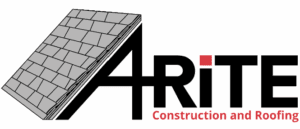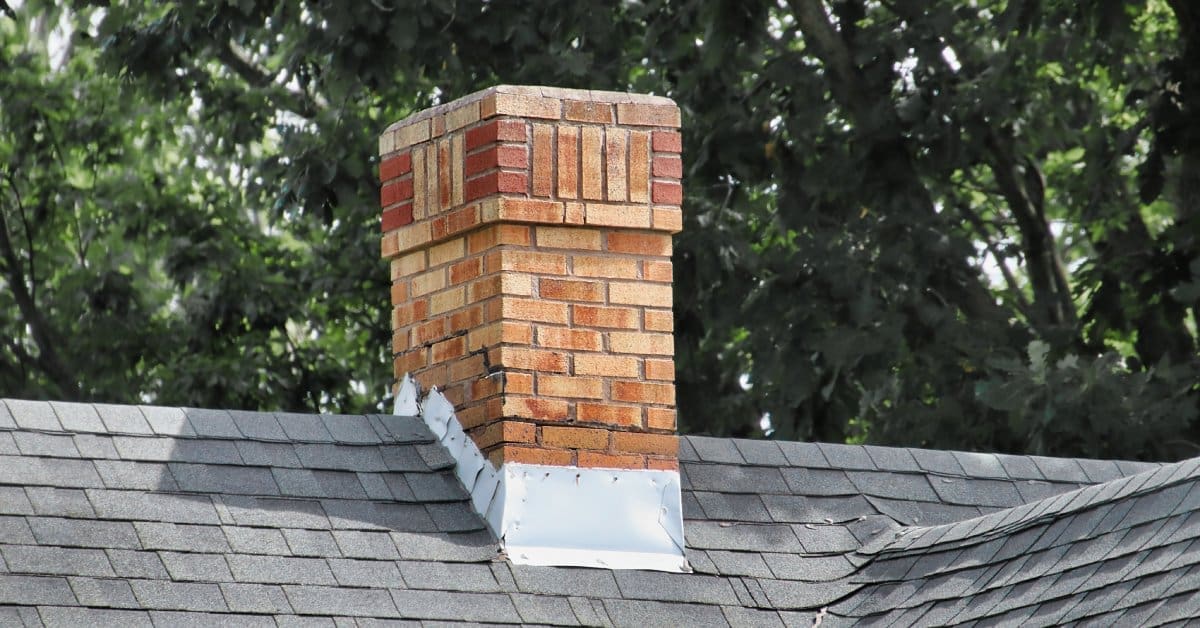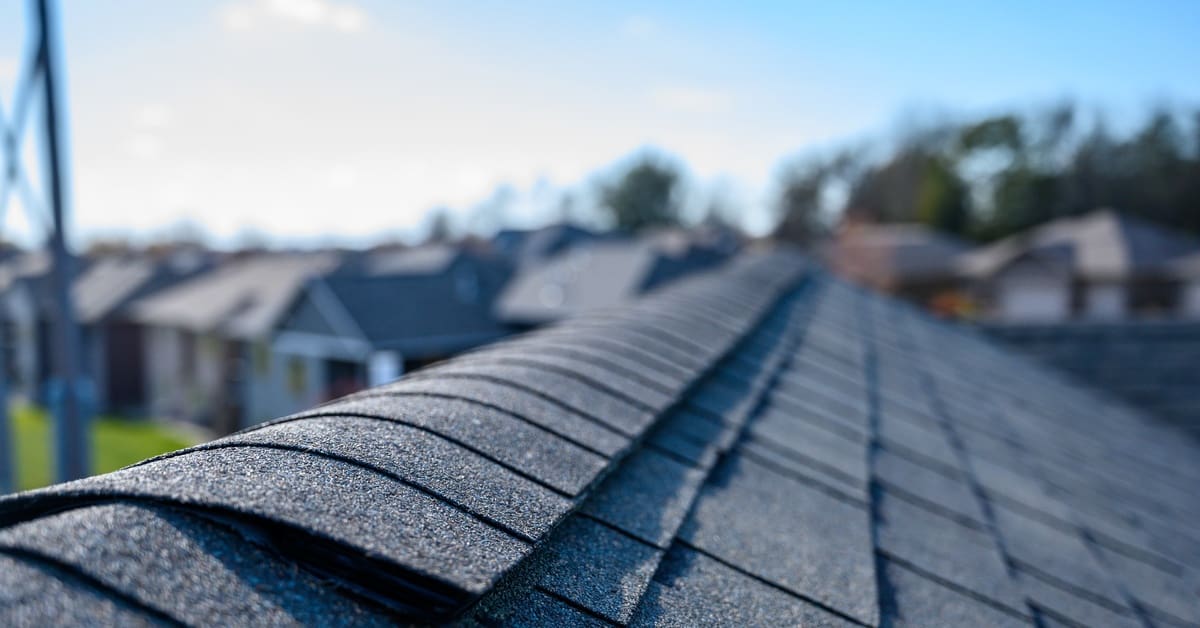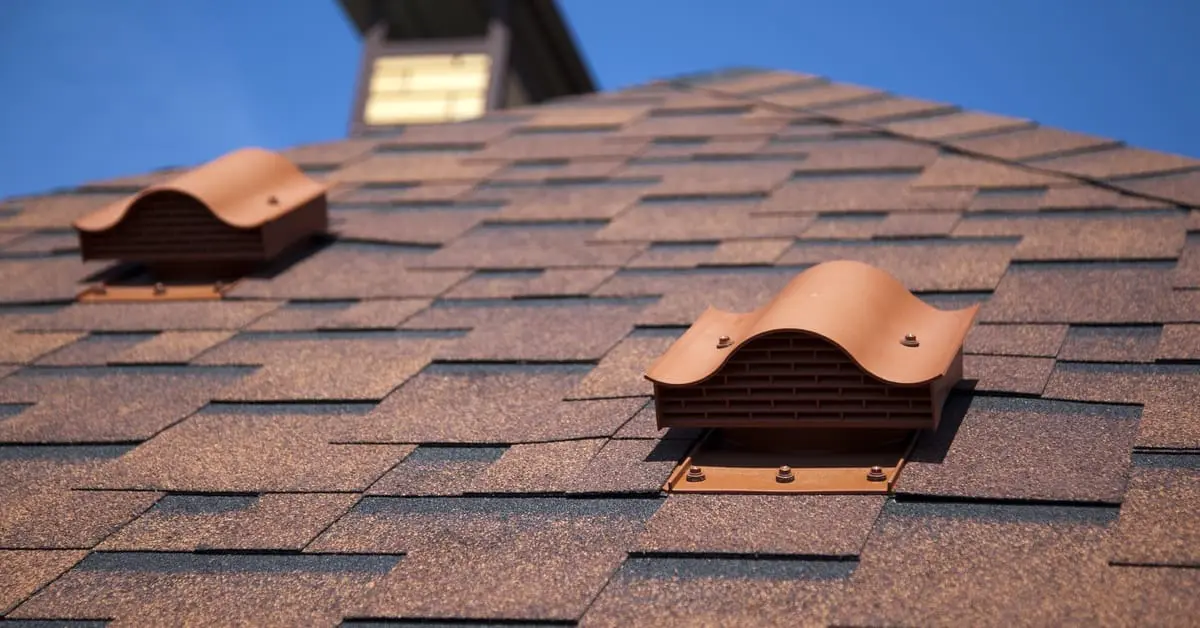A well-maintained chimney is essential to protecting your home from water damage, and chimney flashing plays a crucial role in this defense. Though it’s often overlooked, flashing acts as a waterproof seal where the chimney meets the roof, directing water away and preventing leaks that can lead to structural deterioration. Failing to recognize the eight signs you need to replace your chimney flashing can result in costly repairs and long-term damage to your home.
What Chimney Flashing Is
Chimney flashing refers to the protective material placed where the chimney meets the roofline. Its job is to form a watertight connection between two vulnerable surfaces—masonry and roofing—so moisture doesn’t seep into your home. Flashing usually consists of step flashing, base flashing, and counter flashing working together to channel water away from critical joints.
Common materials for chimney flashing include aluminum, galvanized steel, and copper. Durable, corrosion-resistant options—such as GAF roofing products—provide long-lasting protection and better performance in harsh weather.
When To Replace Your Chimney Flashing
When properly installed and maintained, chimney flashing can last for decades. However, it’s prone to deterioration from extreme temperatures, high winds, and heavy rainfall over time. Spotting the early signs of failure can help homeowners avoid more extensive problems later on.
Here are the most common signs your chimney flashing may need replacement.
Leaks Around Your Chimney
Stains or discoloration on walls or ceilings close to the chimney often indicate water seeping in due to compromised flashing. If you see active dripping or dampness after a storm, water may already be working its way through vulnerable seams.
Rust or Corrosion
Rust or corrosion on the metal itself is another clear warning that you need to replace your flashing. Once flashing begins to degrade, it loses its ability to repel moisture.
Crumbling Mortar or Cracked Bricks
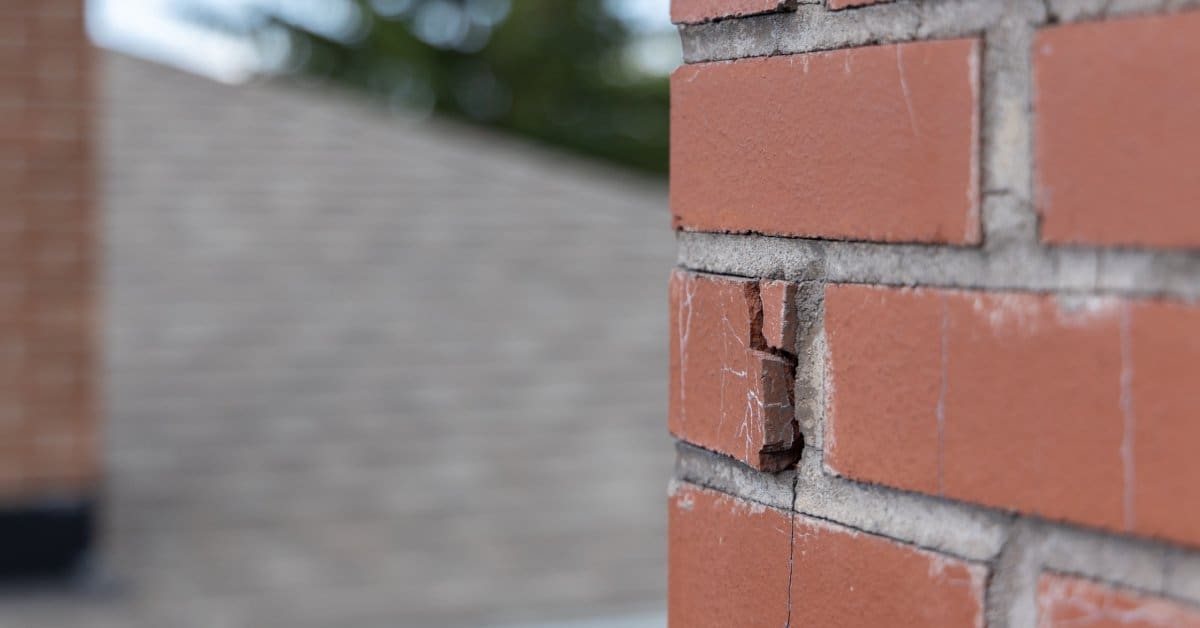
Crumbling mortar joints or cracked bricks are not always caused by age alone. Flashing failure can allow water to enter the masonry system, accelerating wear and weakening the chimney’s structure.
Damaged Shingles Surrounding the Chimney
Loose, warped, or missing shingles around the chimney can signal that water is slipping underneath the flashing and affecting the surrounding roofing materials.
Interior Water Damage
Inside the home, you might notice peeling paint, warped drywall, or mold growth near the chimney area. These symptoms stem from water infiltration originating at the flashing.
Sagging or Gaps
Visible sagging or gaps in the flashing, especially where it should lie flush against the chimney and roof, also indicate that repairs are overdue.
Unusual Noises
If you hear creaking, popping, or other unusual noises during heavy winds or rain, the flashing may be shifting or losing its seal. These noises, while subtle, indicate that moisture is infiltrating the roof.
Aging or Outdated Materials
If your flashing is made from outdated or inexpensive material and your roof or chimney is more than a few decades old, it’s time to have it inspected by a professional.
The Risks of Ignoring Flashing Issues
Ignoring signs of flashing failure is risky. Water that slips past deteriorating flashing can damage attic insulation, rot wooden supports, and stain ceilings. Ongoing moisture problems can trigger mold and mildew growth, compromising indoor air quality and your family’s health.
Flashing issues can also damage your kitchen cabinets if left unchecked. When leaks spread, they can eventually reach your kitchen or other living areas, warping cabinets and cabinetry finishes.
In addition, damaged flashing reduces your home’s energy efficiency because it allows conditioned air to escape. Prolonged exposure to moisture can erode bricks and mortar, threatening the chimney’s overall stability.
This is why prompt inspection and repair are so important. If you’re dealing with rusted metal, interior water stains, or visible separation between roofing materials, professional help is the safest route. Roofing professionals can evaluate the damage, suggest repair options, and ensure your flashing is installed correctly.
Why Timing Matters for Chimney Flashing Repairs
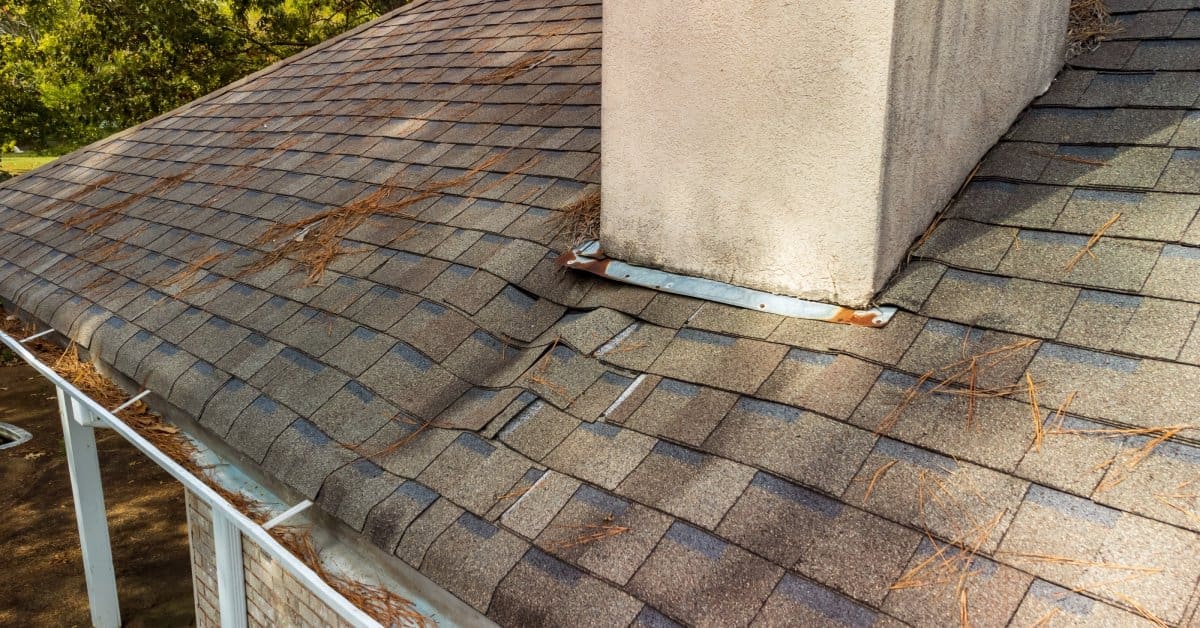
While chimney flashing problems can arise at any time of year, scheduling inspections and repairs during the right season makes a difference. Spring and fall are the best seasons for flashing work. Mild temperatures and lower precipitation levels allow for easier roof access and better performance of sealants and adhesives.
Winter conditions, on the other hand, make flashing repairs more difficult. Cold temperatures cause metal to contract and sealants to become brittle or ineffective, while snow and ice pose safety risks and may hide damage. Similarly, summer heat can soften roofing materials and complicate installation.
By planning repairs during temperate seasons, you not only help ensure better results but also prepare your home for harsh weather conditions that could make flashing damage worse.
Insurance and Chimney Flashing Damage
It often comes as a surprise to homeowners that chimney flashing issues aren’t always included in insurance coverage. Most standard policies exclude damage caused by normal wear and tear or lack of maintenance, meaning that flashing failures due to aging or corrosion might not be eligible for reimbursement. However, if your flashing is damaged due to a covered event, such as a windstorm or a fallen tree, your insurance may help cover the expenses for fixing or replacing the flashing.
To simplify the claims process, document any roof and chimney maintenance performed. Keep records of annual inspections, photographs of your roof’s condition, and any repair receipts. This kind of documentation demonstrates responsible homeownership and boosts your chances of getting coverage if unexpected damage occurs.
Chimney Flashing Maintenance Tips
Consistent maintenance preserves the life of your chimney flashing. To start, schedule annual roof inspections to catch small problems before they escalate. Keep gutters and downspouts clean to prevent pooling water and ice dams near the flashing area. Reapply sealant as needed, and address visible wear, rust, or cracking to preserve your home’s defenses for years.
By learning the eight signs you need to replace your chimney flashing, homeowners can take proactive steps to prevent costly repairs and help preserve the integrity of their roof and chimney. Maintaining and repairing your chimney flashing is an investment in your property’s future. For homeowners in Wausau, WI, A-Rite Construction is available to inspect and repair your chimney flashing. We rely on high-performance materials and skilled craftsmanship to keep moisture out of your home.

